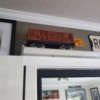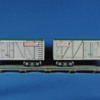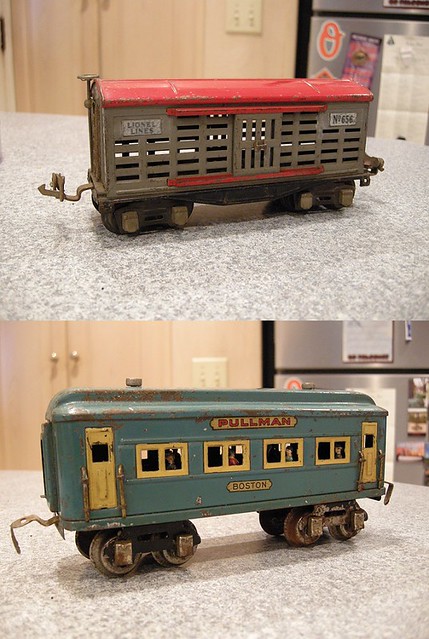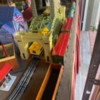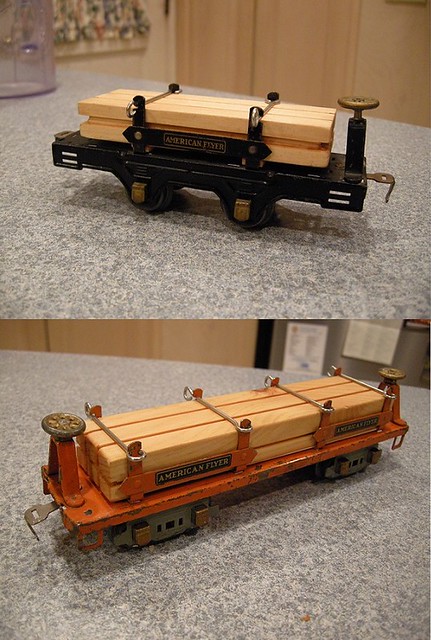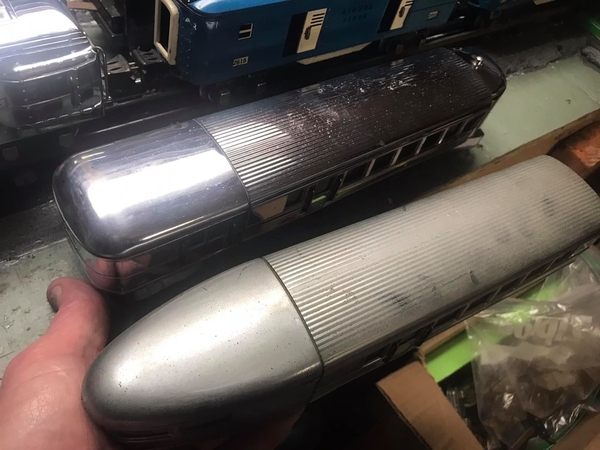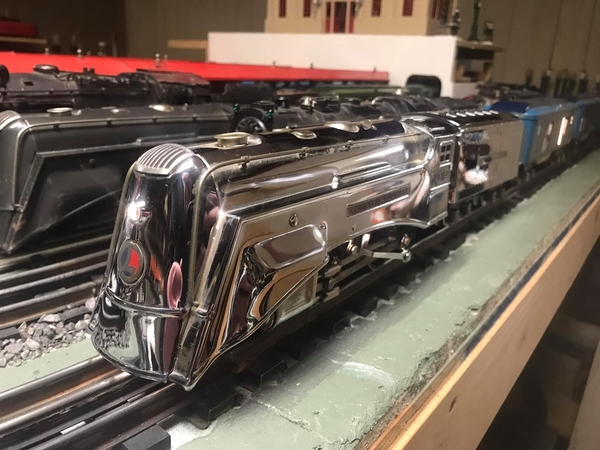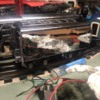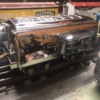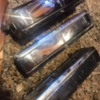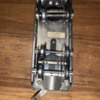Two Cool Kühlwagen's
Quite some time ago I purchased a KBN 8-wheel Kühlwagen. This car was made with and without the litho detail of a polar bear which appeared on the car door. Other than the polar bear, the litho is relatively plain - the car name "Kühlwagen" on either side of the car door, reporting marks in the lower left hand corner, and an interesting border consisting of an orange and a blue line around the perimeter of the car side.
Recently, I purchased a 4 wheel Kühlwagen made by Adolf Schuhmann. With the exception of the door litho treatment one's initial impression of the lithography is the two cars are identical

However, a closer inspection shows the lithography of the two cars to be different.
Let's start with the reporting marks.


The most obvious difference is the identification of home-München for Adolf Schuhmann and Augsburg for KBN. The car numbers are, not surprisingly, different - 1520 and 27001. Both have the same black and white box with its geometric patterns. The indistinct text above the box is close to identical "Rad", "Lade", "Trag", and "Gew.d W." but Adolf put more effort into making the numbers that followed the text legible.
If we take a look at the car ends we can see the different locations for the manufacturer logos and we can also note the differences in the border outlines.
Adolf Schuhmann has a border with an internal orange line and an external blue line whereas KBN has the reverse color combination. When it comes to the corners of the border design we see Adolf Schuhmann chose to have the jagged design pointing out whereas the KBN design has the jagged portion pointing in.

It's my understanding (Arne, correct me if I'm wrong) that the two cars were manufactured about the same time (mid to late 1930's). At this late date, the similarities of litho style and color make me wonder if we aren't looking at an attempt to imitate, without exactly copying, what was determined to be a litho treatment popular with the buying public. I find the similar but different litho treatment of the cars very interesting.
P.S. I did a little rummaging around on the internet last night and it looks like, in addition to making their own designs for boxcars, Schuhmann made a number of cars that were close approximations to the litho style of the then current KBN cars so their Kühlwagen was not a one off lookalike.






